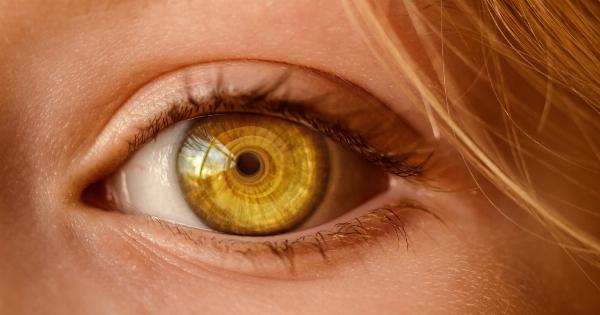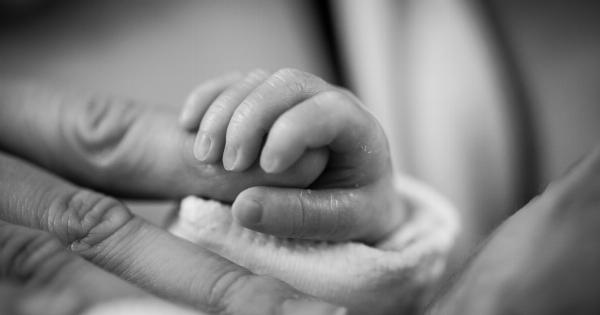Skin cancer is a condition where abnormal cells develop and spread in the skin. It occurs due to the uncontrolled growth of skin cells, which usually occurs in the epidermis, the outermost layer of the skin.
Types of Skin Cancer
There are several types of skin cancer, including:.
1. Basal Cell Carcinoma (BCC)
Basal cell carcinoma is the most common type of skin cancer. It usually appears on the face, neck, or other areas that are frequently exposed to the sun. BCC rarely spreads to other parts of the body.
2. Squamous Cell Carcinoma (SCC)
Squamous cell carcinoma is the second most common type of skin cancer. It often appears on areas exposed to the sun, such as the face, ears, and hands. SCC may spread to other parts of the body if left untreated.
3. Melanoma
Melanoma is the most dangerous type of skin cancer. It develops from the pigment-producing cells (melanocytes) in the skin. Melanoma can develop anywhere on the body, even in areas that are not exposed to the sun.
If not detected early, it can spread to other organs and become life-threatening.
Signs and Symptoms of Skin Cancer
Recognizing the signs of skin cancer is crucial for early detection and treatment. Here are some common signs to look out for:.
1. Changes in Moles
If you notice changes in the size, shape, color, or texture of a mole, it could be a sign of skin cancer. Melanoma often begins as a new mole or an existing mole that changes.
2. New Growths or Sores
Unusual new growths, sores that don’t heal, or areas that continue to itch, crust, or bleed may indicate skin cancer.
3. Irregular Borders
Non-cancerous moles typically have smooth, even borders. However, skin cancer lesions may have irregular, poorly defined borders.
4. Color Changes
Moles or skin growths that have various colors or unevenly distributed color may be a sign of skin cancer. Look out for shades of brown, black, red, white, or blue.
5. Diameter
If a mole or skin lesion is larger than the size of a pencil eraser (about 6mm), it may be an indication of skin cancer.
6. Evolution
Any changes in size, shape, color, elevation, or symptoms of a mole or skin lesion over time should be evaluated by a dermatologist.
Risk Factors for Skin Cancer
While anyone can develop skin cancer, certain factors increase the risk. These include:.
1. Sun Exposure
Excessive exposure to ultraviolet (UV) radiation from the sun or tanning beds increases the risk of skin cancer.
2. Fair Skin
People with fair skin, light-colored hair, and blue or green eyes have a higher risk of developing skin cancer.
3. Family History
If a close family member has had skin cancer, the risk increases.
4. Age
The risk of skin cancer increases with age, especially after the age of 50.
5. Weakened Immune System
People with weakened immune systems, such as those with HIV/AIDS or who have undergone organ transplantation, have an increased risk of skin cancer.
Prevention and Early Detection
Preventing skin cancer starts with protecting your skin from the harmful effects of the sun. Here are some preventive measures:.
1. Use Sunscreen
Apply a broad-spectrum sunscreen with an SPF of 30 or higher before going outside. Reapply every two hours and more frequently if swimming or sweating.
2. Seek Shade
Avoid direct sunlight during peak hours (10 am to 4 pm) and stay in the shade whenever possible.
3. Wear Protective Clothing
Cover your skin with long-sleeved shirts, pants, wide-brimmed hats, and sunglasses to minimize sun exposure.
4. Avoid Tanning Beds
Avoid using tanning beds, as they emit harmful UV radiation.
5. Perform Self-Examinations
Regularly examine your skin for any changes or suspicious spots. If you notice anything concerning, consult a dermatologist promptly.
Conclusion
Skin cancer is a serious condition that requires early detection and treatment. Knowing the signs and symptoms of skin cancer can help you identify potential issues and seek medical attention promptly.
By taking preventive measures and being aware of the risk factors, you can reduce your chances of developing skin cancer.
























